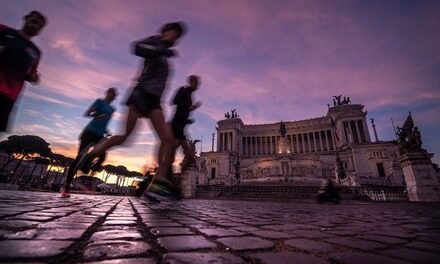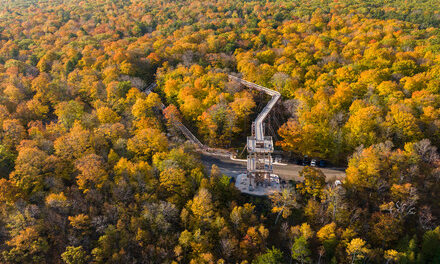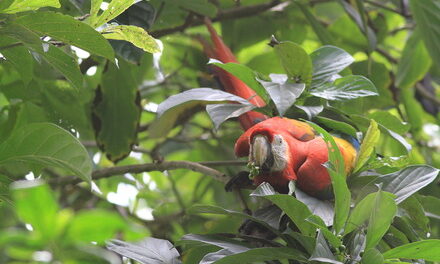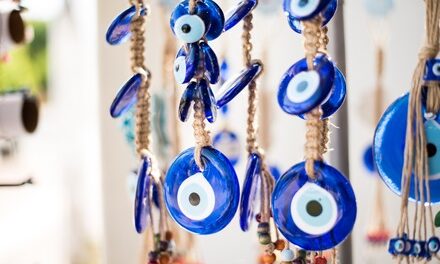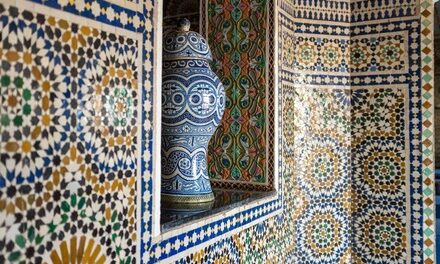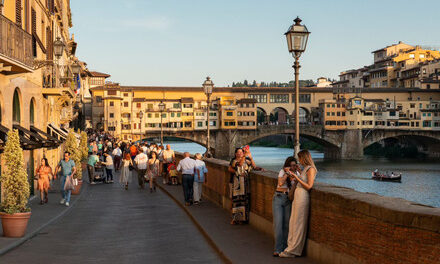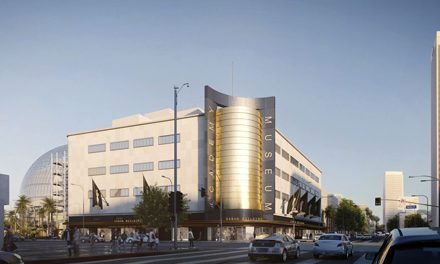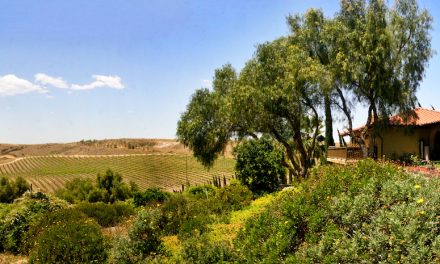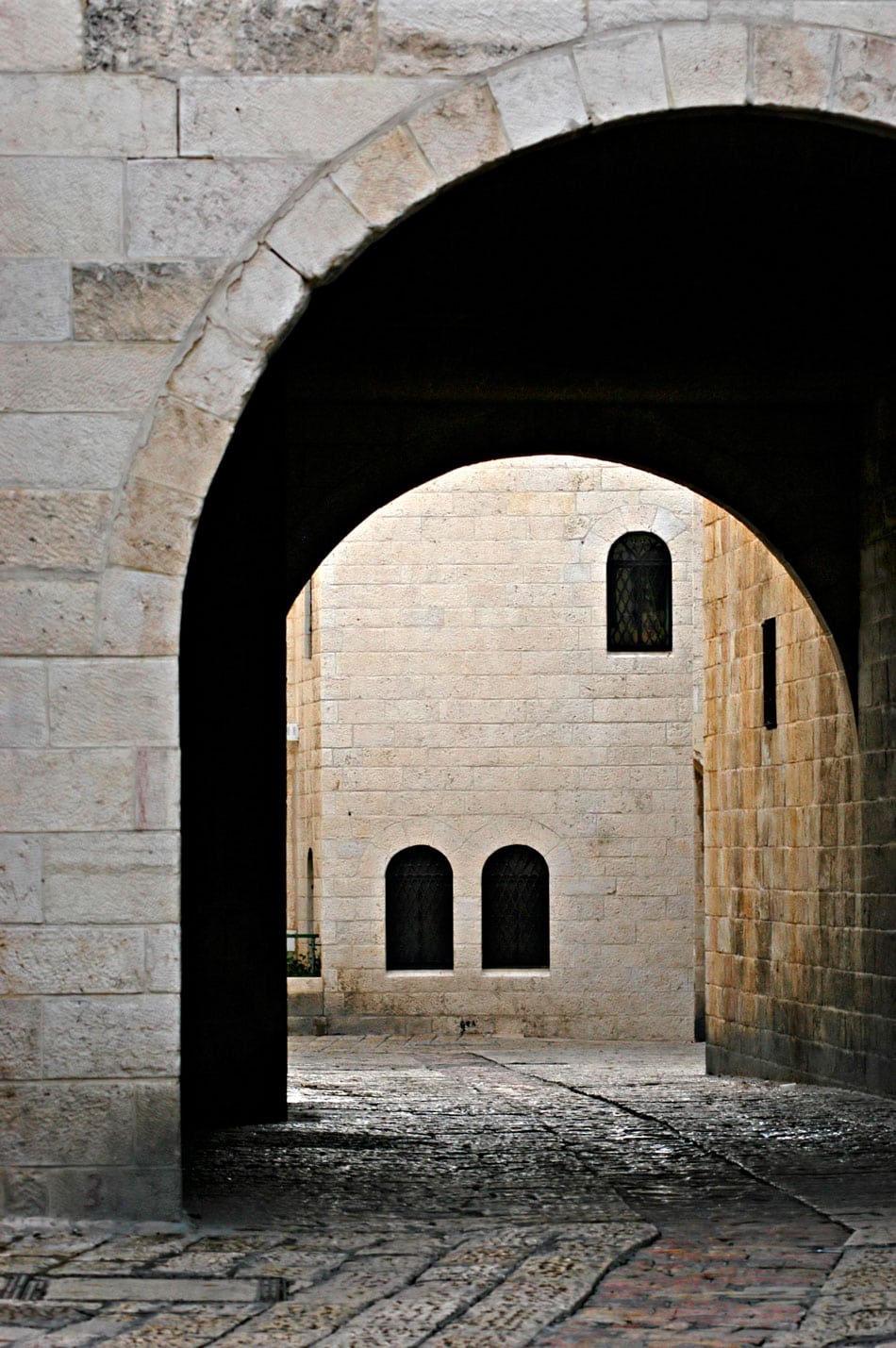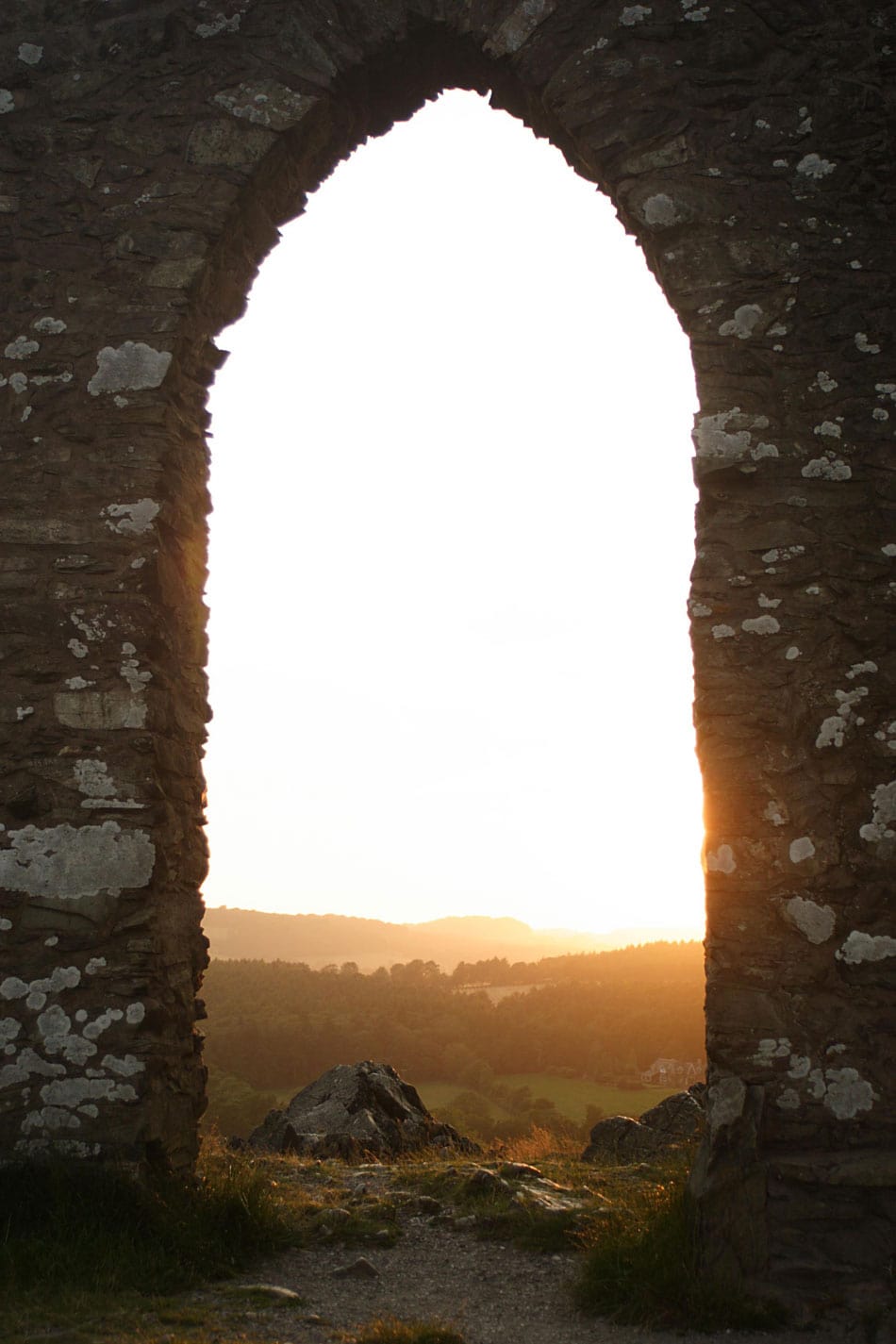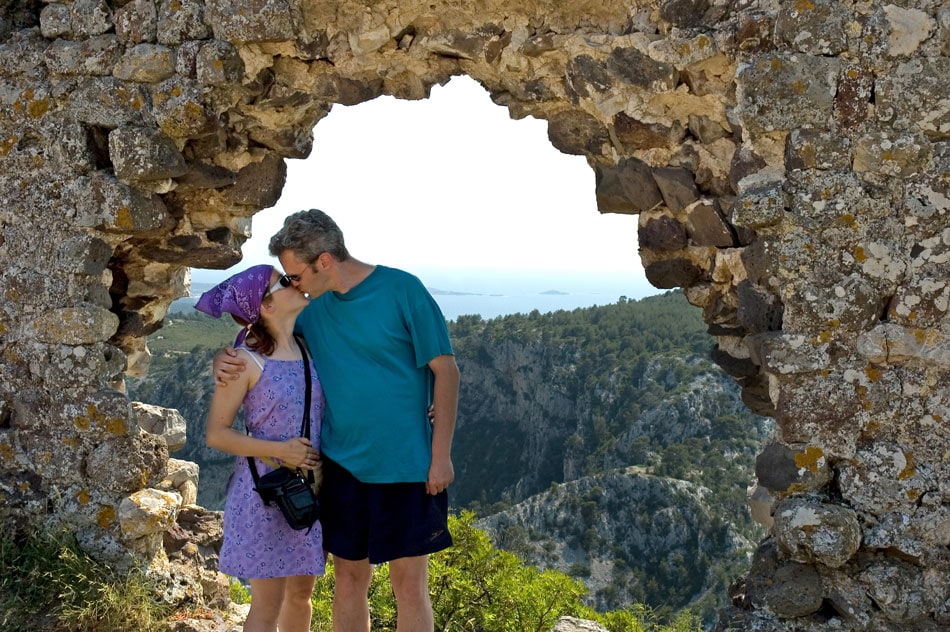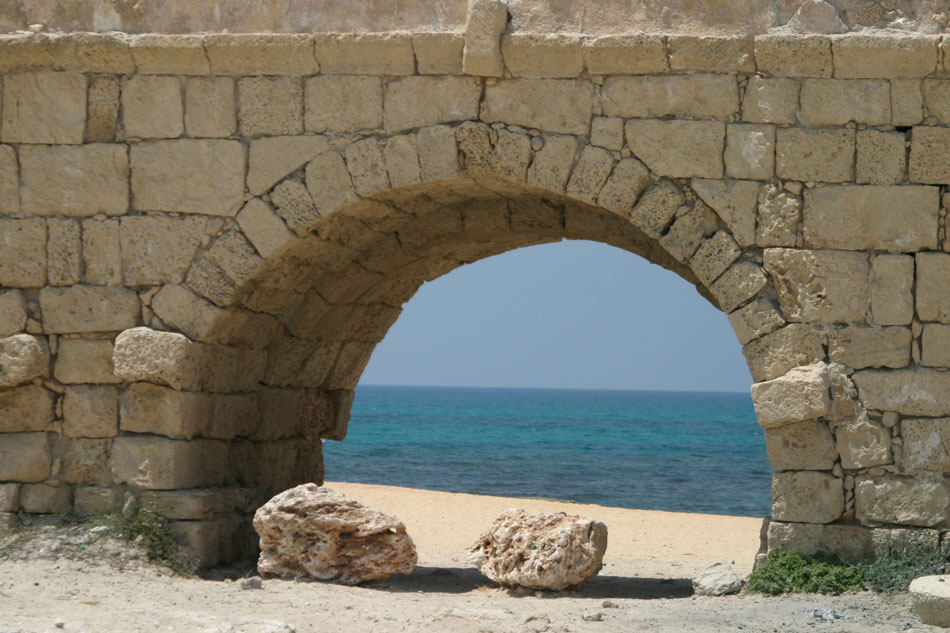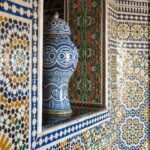Likewise, palaces, forts, and castles reflect the personality of the architect. They are symbols of power and the dangers their leaders faced. While the empire became a vast trading network, the buildings that housed the caravan traders reflected their importance to the empire as well. The wealth and power of the empire was often directed into archways that are recognized for their beauty and innovation.
Across the globe there is evidence of the beauty created in the Middle Ages.
It wasn’t until 1979—nearly 20 years after the design of the towers was put into place—that Yamasaki revealed his admiration for Middle Eastern arches and included photos of all his important projects detailing a pattern of designs inspired by the region.
He wasn’t the only fan of Middle Eastern architecture and archways. Another was Frank Lloyd Wright, America’s most notable architect. After traveling to Baghdad for a project commissioned by Iraq’s ruler, King Faisal II, he designed San Francisco’s civic center in the late 1950s. Wright had a lifelong interest in this discipline of architecture and a deep admiration for Persian visuals, and he made no secret of this, incorporating it into many designs.
Pointed arches and elaborate domes can be seen in major buildings around the world, including the Taj Mahal in India, Palazzo Ducale in Venice, Italy, and New York’s 2 Columbus Circle, which features a series of curved arches.
The popularity of worldwide arches furthers the notion of a multicultural world where thoughts, designs, and cuisines constantly mix and blend together, blurring the lines of cultural development. Our mutual influence is continuous, creating a never ceasing mixture that ebbs and flows.

